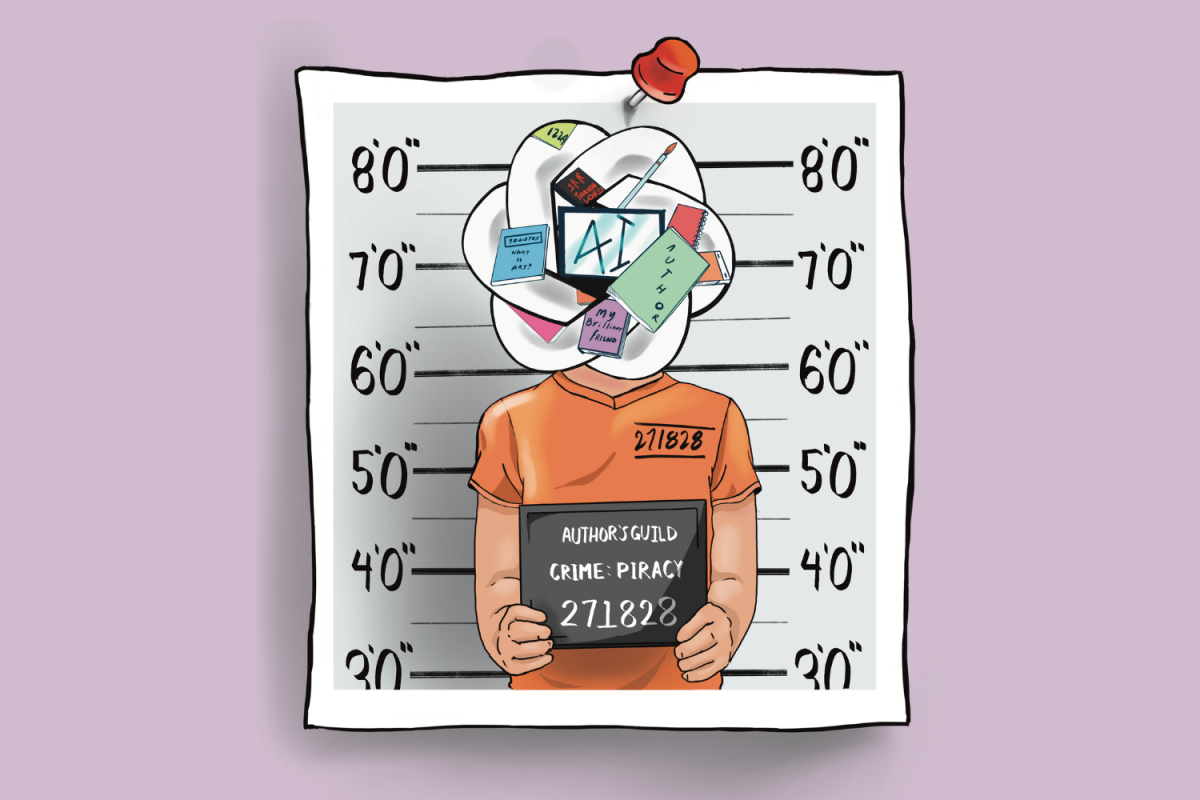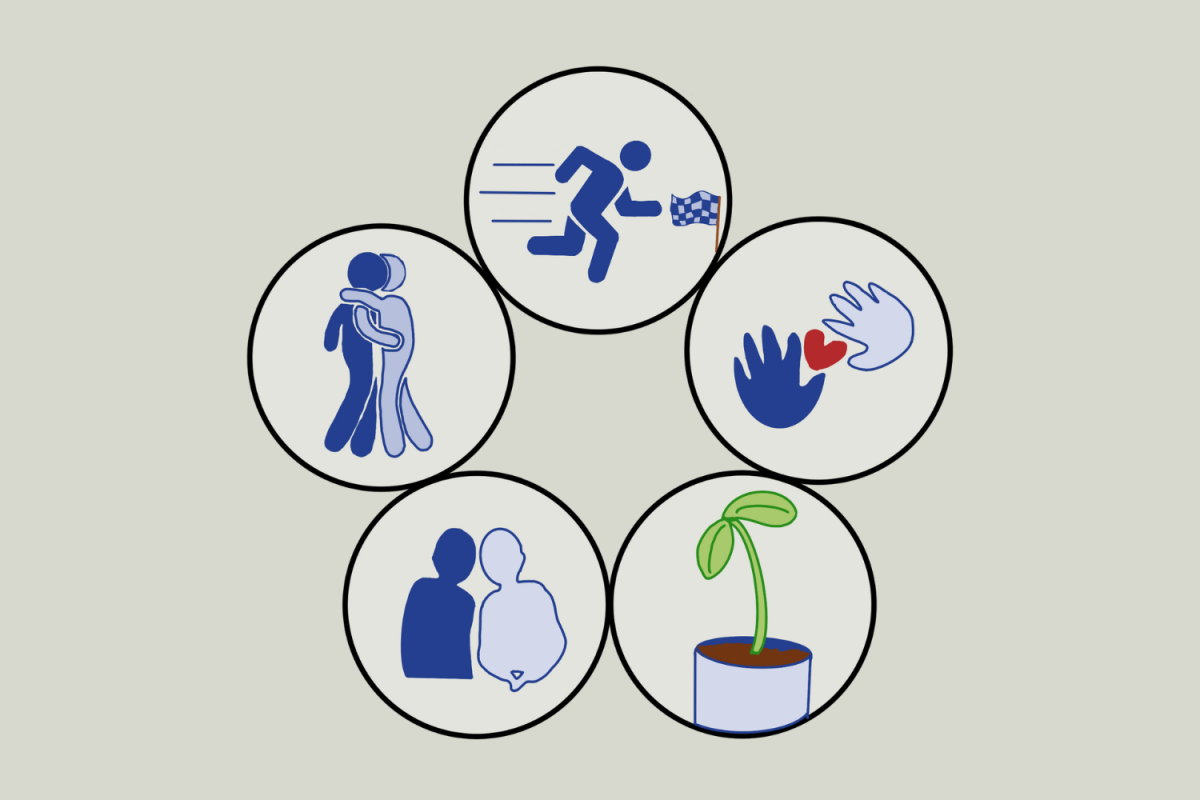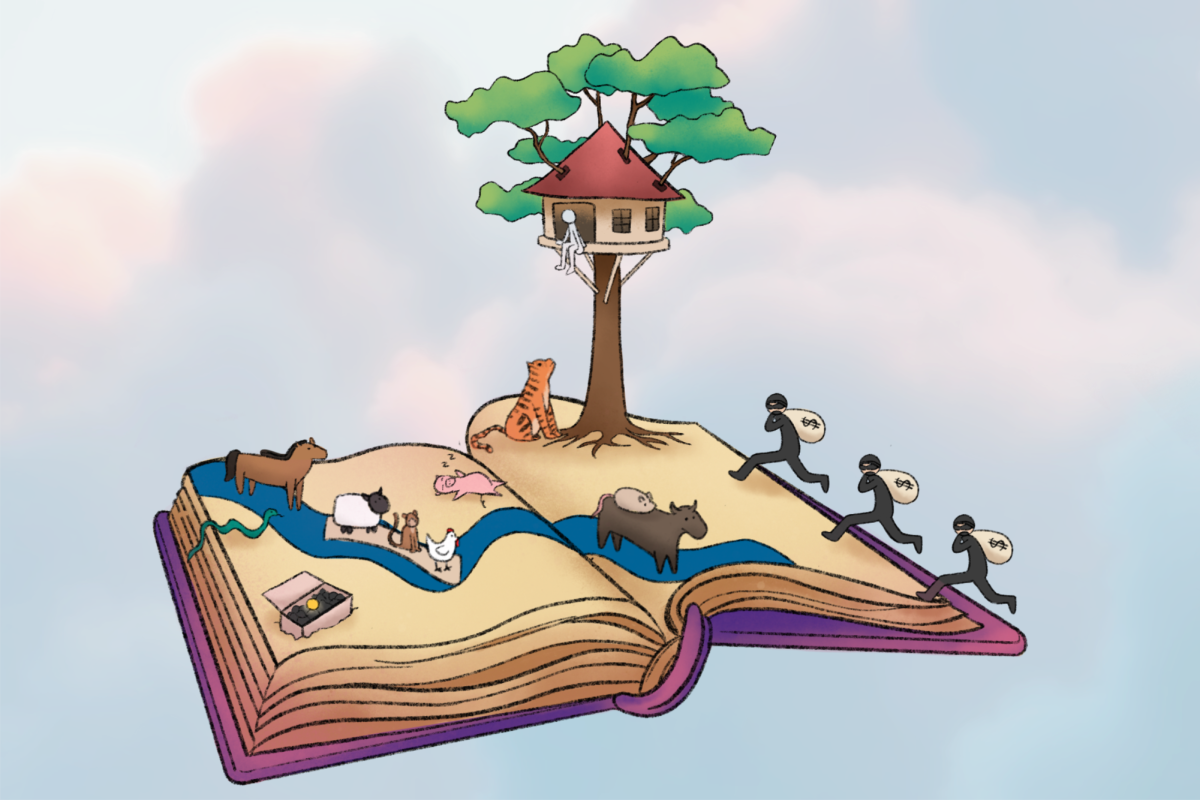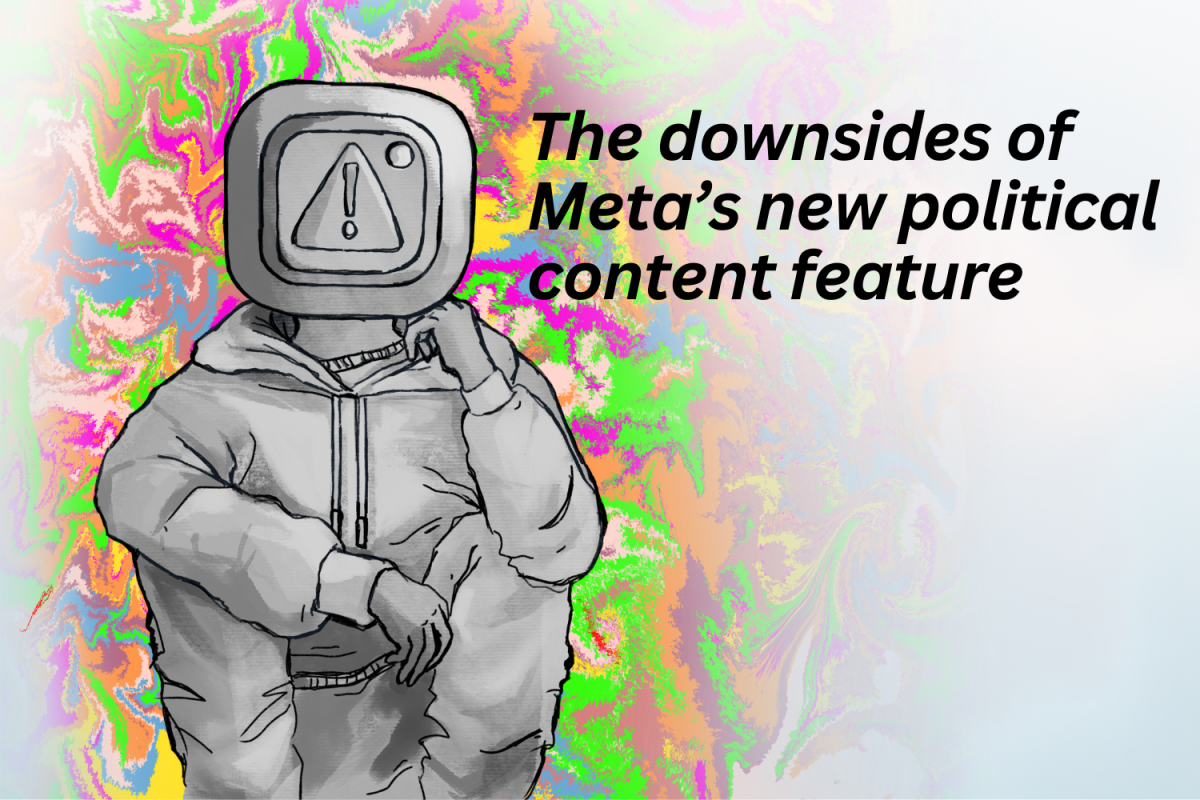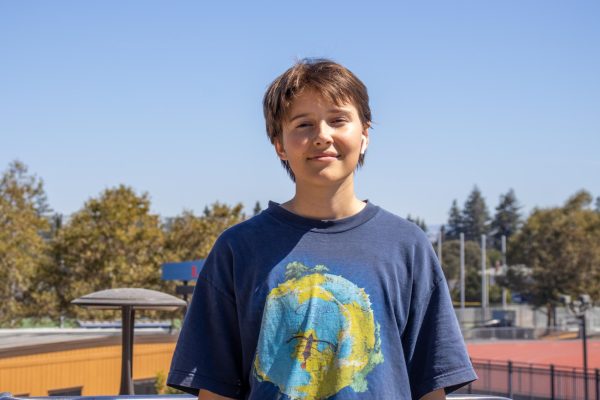The term “genocide” was coined in 1944 by Rafael Lemkin as “acts committed with intent to destroy, in whole or in part, a national, ethnical, racial or religious group.” Despite the creation of the word being attributed to 1944, many acts of genocide occurred before, and many have happened since. Research on the topic has since grown, expanding the understanding of the many forms a genocide can take and the warning signs often present before one occurs.
Although genocide does not have a singular definition, the crime can be broken down into eight different stages: classification, symbolization, dehumanization, organization, polarization, preparation, extermination and denial. Other breakdowns and patterns can be recognized throughout historical genocides, and various scholars have broken genocide into seven stages, ten stages or entirely different formats. Even within these stages, the process is subjective and does not always follow an exact order, but these stages provide a structure for understanding how and when a genocide unfolds.
“Many people think of genocide only as the killing of group members, but, in reality, it could just be just psychological harm, physical harm or, even to some extent, it could be all of those things plus economic harm,” history teacher Nhat Nguyen said. “Depriving people of their life, of their possession, of their rights can be an act of genocide.”
Today, it is far from the case that genocides are something of the past, only existing in history textbooks. In the past ten years, numerous accounts of genocide and ethnic cleansing have occurred.
One of the most commonly recognized genocides is the Holocaust from 1933 to 1945. Perpetrated by Adolf Hitler and the Nazis, more than 6 million European Jews and members of many other marginalized groups were systematically persecuted and killed. The Nazis capitalized on pre-existing hostility toward Jewish people that was prevalent throughout history, exemplifying the first stage of genocide: classification. This stage relies on creating an “us versus them” mentality in society, classifying people based on an aspect of their identity — from nationality, ethnicity, race or religion to gender identity. Classification solidifies a divide within a society. This divide between groups leads to an environment where the majority group manufactures the necessary support needed from the general public to commit a genocide.
“During the Holocaust many German people were actually excited about war and wiping out people who were part of what they viewed as an impure group,” sophomore Ishana Subrahmanyan said. “They viewed them as a threat to Hitler’s regime and their own group based on the classifications that had been fed to them.”
As the Nazis began implementing distinct classifications, Jewish people were forced to carry physical identification to identify them as Jewish. In the modern day, this stage can take different forms, as is the case in the ongoing persecution of Uyghurs, a Turkic ethnic group in China. Since 2014, the Uyghur population has endured mass detentions, forced labor and cultural suppression, among other atrocities. Targeted by the Chinese government for following the religion of Islam, Uyghurs found practicing the religion to any extent are subject to arrest, detention or death. On Jan. 19, 2021, the United States declared the situation a genocide. Since then, the legislatures of several countries such as Canada, the Netherlands, United Kingdom, Lithuania and France have passed non-binding motions that describe China’s treatment of the Uyghurs as genocide. Evolving technology has provided new ways for the Chinese Communist Party to classify and identify their targeted group. The CCP has also weaponized artificial intelligence facial recognition, among other forms of identification, to track, control and target the Uyghurs. These actions display one way the classification stage can look in the modern day. Supporters of this extreme surveillance argue that it is useful to prevent risks such as violent crime, burglary and terrorist threats. However, others argue that the technology is prone to errors.
“AI is incredibly biased because the people who make it have their own biases,” senior Sadhana Siva said. “There are definitely instances in which governments use AI that inherently criminalize people who are marginalized in society; AI is inherently biased because it mimics the discriminatory ideologies that already exist.”
The next stage of genocide is symbolization. In this stage, names are given to the classifications, and symbols are created to represent different sides. For example, during the Holocaust, Jews were forced to wear a yellow star-shaped badge to ensure they could be recognized as such, and the swastika was adopted to identify the Nazi party. This stage aims to create a smoother transition to the dehumanization stage. On its surface this stage appears similar to classification; but this stage is important for further embedding the “us versus them” mentality into a society. Symbols create a physical manifestation of the societal divide, making prejudice and classification inescapable and further separating the targeted group from the rest of society.
“Humans have an innate need to categorize, and those categorizations can be used to say that, if you belong to this group, you are innately bad or inferior,” Nguyen said. “Symbolization taps into something very primal in the human brain. Reducing these differences to very basic symbolism allows for even children and the uneducated to understand and participate in discrimination.”
The dehumanization stage of genocide involves diminishing the humanity of the identified group and consistently referring to the group as less than human or undeserving of humane treatment. This stage further allows the masses to feel accepting of future prosecution toward the targeted group. The Nazis promoted the idea of an Aryan race — the blonde, blue-eyed German — being more genetically pure than any other. This worldview positioned Jewish people as the lowest level of humanity, often depicting them with overexaggerated and stereotypical characteristics. Infamous propaganda depicted Jewish people as demonic or vermin, creating conditions for wide-spread acceptance of violent acts committed against a population portrayed as unworthy of human empathy. The intentional destruction of culture is also an aspect of dehumanizing the targeted group and is a consistent part of genocide.
In recent months, the public has heatedly debated whether events in Gaza fall under the definition of genocide. In December 2023, South Africa filed a claim to the International Court of Justice highlighting the dehumanizing language used to refer to Palestinians to argue that Israel’s acts are “intended to bring about the destruction of a substantial part of the Palestinian national, racial and ethnical group.” The document cites statements made by top Israeli government officials who referred to Palestinians as “human animals” and “children of darkness” labeled Gazans as terrorists, saying that “[t]here are no innocents in Gaza” and “without exception, they are all terrorists, sons of dogs. They must be exterminated, all of them killed.” Israeli officials have made statements claiming that these comments are a result of trauma induced by acts committed on Oct. 7, 2023, when the radical militant group Hamas killed an estimated 1,200 Israelis. Conversely, South African lawyers argue that no matter the emotions Israeli officials and media figures may have been experiencing when spreading this rhetoric, these words express genocidal intent.
As animosity toward an identified group grows, so do organized attacks and targeting of the group by a governmental entity or another powerful party; this is the organizational stage. Special army units are often used to target the group, and plans are made for genocidal killings.
The polarization stage occurs when extremists’ actions divide groups further, laws are enacted to limit the targeted groups’ interactions with others and governmental organizations decline to recognize the targeted group’s existence. Often, political moderates and human rights organizations are targeted. During the Rwandan Civil War, a war between the Rwandan Armed Forces and the rebel Rwandan Patriotic Front in 1994, members of the Tutsi — an ethnic group of the African Great Lakes region — were the targets of mass rape and death, in what is now considered the Rwandan genocide. Leading up to the genocide, government-controlled media spread anti-Tutsi propaganda, portraying them as traitors and enemies of the state. Extremist groups like the Interahamwe carried out violence against Tutsis and moderate Hutus, a Bantu ethnic group, further polarizing the population. In the government and army, jobs were almost always reserved for Hutus, and a quota system was created to limit access to higher education and state jobs for the Tutsi.
Next, the preparation stage takes place when planning becomes more direct and systematic. Internment camps, where members of the targeted groups and political prisoners are held and subjected to inhumane conditions, are commonly built during this stage. Groups sent to camps such as these endure conditions such as starvation and disease with minimal to no help given, exacerbating the dehumanization of the camps’ occupants. At least 10,000 Uyghurs and other Muslim minorities have been forced into detention “re-education” camps where they are met with grueling labor for extended periods of time in fields or factories.
Another example of the preparation stage is the removal and treatment of Indigenous peoples from 1815-1840. The nature of Indigenous Americans’ treatment by the colonial U.S., Spanish and French states is disputed. Some argue that the majority of Indigenous depopulation was not the result of historical actors intending to exterminate the Indigenous population, but a result of unintentional disease-spreading and organic conflicts. Whether the mass depopulation of Indigenous peoples is classified as genocide or not, the removal and treatment exhibited the preparation stage. Indigenous peoples were held in internment camps where thousands died. They were then forcefully transferred to designated “Indian land” throughout the country, thousands dying on the journey on the Trail of Tears. Once there, they found land often incompatible with their previous traditions and ways of life in often desolate land given to the Indigenous peoples because the U.S. government did not have another use for it.
The extermination stage of genocide is when mass killings occur. The goal of this stage is to murder as many of the identified group as possible in the most efficient way. This stage is characterized by extreme cruelty and inhumanity because victims are often not treated as human beings with inherent dignity and are often considered disposable.
Throughout the history of mass atrocities, new technologies and advanced weapons have been used to simplify the killing process during the extermination stage. For example, in Nazi Germany, poisonous gases and other torturous technology were experimented with as a means of automating the process. Making the act of killing automated prevents human conscience from getting in the way of organized extermination procedures. During the Holocaust, gas chambers and crematoriums were built to maximize the number of prisoners and bodies that could be processed through these systems.
In recent years, new technologies have been used to target groups such as the Uyghurs, with strategies like the aforementioned facial recognition AI technologies. In Gaza, AI has been used to identify military targets; with little human involvement, the AI technology further separates the human conscience from the act of killing. Recently, an AI program called Lavender has been used by Israel’s military to help them identify bombing targets. Israeli journalist and filmmaker Yuval Abraham said in his exposé in the +972 magazine that the Lavender program is known to make errors resulting in civilian harm at a rate of 10%.
According to anonymous sources who worked with Lavender and spoke with +972 Magazine, much of the time, human authentication involved looking over the profile of the AI-identified target for a few seconds to ensure that they were male and not female. If the target was accepted, they would then be labeled as a Hamas militant and put on a kill list.
According to the Genocide Watch, as of Feb. 20, 26,000 civilians have been killed, around 41% of those casualties being children and 25% women. Groups including Amnesty International have marked such use of AI as dehumanizing to the Palestinian people.
After a genocide occurs, the perpetrators and those who supported them engage in the denial stage. Perpetrators often either deny that the genocide occurred entirely or minimize the extent of the harm that the genocidal campaign caused. Denial can present itself in many different ways. In an extremely high-profile genocide like the Holocaust, conspiracy theories are prevalent, claiming that reported casualty numbers are false despite meticulous records kept by the Nazi regime. Denial can also be harder to recognize than far-fetched conspiracy theories. A country may also deny or minimize that another country facilitated a genocide as a means of maintaining good diplomatic relations.
For example, the killing of approximately 664,000 to 1.2 million ethnic Armenian Christian people that occurred from 1915 to 1960 under Ottoman rule has been contested and denied by the Turkish government since. One of the common narratives in Turkey today regarding the genocide is that, in addition to denying the genocide of Armenians, many allege that Armenians themselves perpetrated a genocide against Turks.
“Thankfully, the denialist position regarding the Armenian Genocide is failing, although it still survives in the Republic of Turkey,” said Sergio La Porta, a professor of Armenian Studies at the Kremen School of Education and Human Development. “Yet, the methods they have developed to deny the Armenian Genocide will and are being transplanted to other genocides.”
The breakdown of genocide into these eight stages provides a deeper understanding of how genocide occurs. The ability to recognize these stages can make it easier to recognize genocide while or after it occurs as well as helping to combat denial.
“I think the study of past genocides helps us understand the stages,” La Porta said. “It allows us to see the path that is being taken and when an environment is ripe for a genocide to occur.”























































